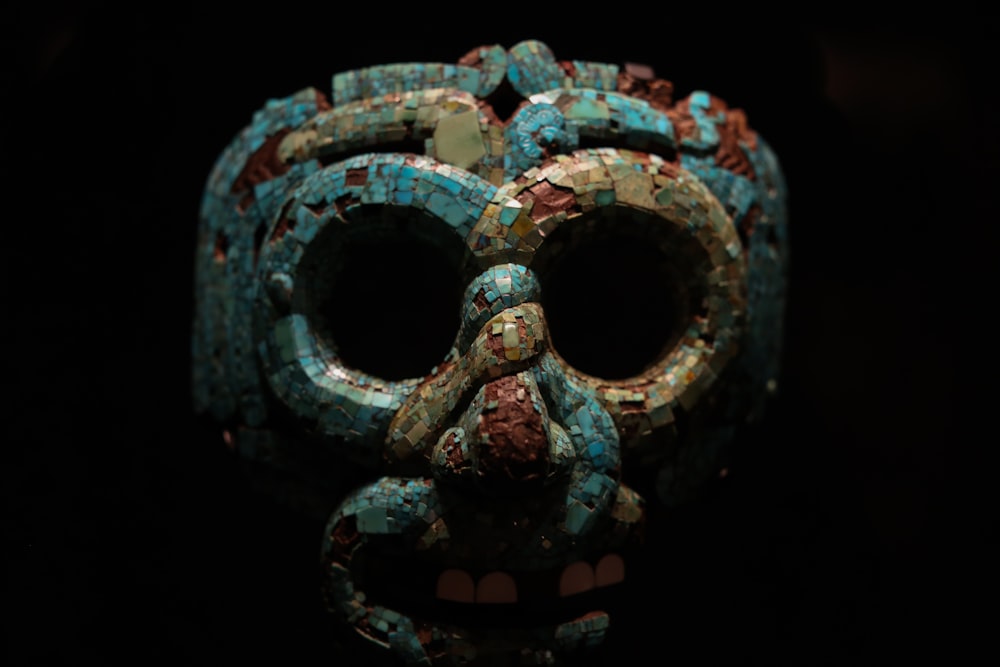The End of the World and the Mayan Civilization

Introduction
The concept of the end of the world has intrigued humanity for centuries, sparking countless predictions and prophecies. Among the most fascinating and often misunderstood are those attributed to the ancient Mayan civilization. This blog post delves deep into the Mayan's profound understanding of time, their calendar system, and the misconceptions surrounding the 2012 end-of-world prediction.
The Mayan Civilization: An Overview
- Geographical Spread and Period: The Mayans thrived in what is now Mexico, Guatemala, Belize, Honduras, and El Salvador from around 2000 BCE to the 16th century CE.
- Cultural and Scientific Achievements: They are known for their advanced knowledge of astronomy, mathematics, and their unique writing system.
Understanding the Mayan Calendar
- The Calendar System: The Mayans used multiple calendars, but the two most significant were the Haab', a 365-day solar calendar, and the Tzolk'in, a 260-day ritual calendar. Their combination created the Calendar Round, a 52-year cycle.
- The Long Count Calendar: This was used to track longer periods and is crucial to the 2012 prophecy. It began in 3114 BCE and completed a full cycle (a Bak'tun) every 394 years.
The 2012 Phenomenon
- The Prophecy: A significant focus was on December 21, 2012, when the 13th Bak'tun of the Mayan Long Count calendar ended. Some interpreted this as predicting the end of the world.
- Misinterpretations and Reality: Scholars argue that the Mayans never predicted an apocalypse. Instead, this date marked the end of a cycle and the start of a new one. Mayan inscriptions and codices suggest celebrations of cyclical renewals rather than cataclysmic endings.
The Role of the Mayan Gods
- Cosmology and Deities: The Mayans believed in a cyclical nature of time, overseen by gods like Kukulkan (Quetzalcoatl) and Itzamna. These deities played crucial roles in Mayan stories of creation and destruction, which were often misinterpreted as apocalyptic.
- Modern Interpretations: Interest in New Age beliefs blended Mayan mythology with various esoteric traditions, leading to the widespread 2012 phenomenon.
Scientific and Archaeological Insights
- Astronomical Accuracy: The Mayans were exceptional astronomers. Their calendar's accuracy in predicting celestial events is a testament to their advanced understanding of the cosmos.
- Archaeological Discoveries: Recent finds, including the discovery of the La Corona stone in Guatemala, offer insights into the Mayans' perception of time, further debunking the myth of a predicted apocalypse.
The Cultural Impact of the 2012 Prophecy
- Global Phenomenon: The 2012 end-of-world scenario captured the global imagination, leading to books, documentaries, and a blockbuster movie.
- Impact on Mayan Descendants: The hype overshadowed the real achievements of the Mayan civilization and misrepresented their cultural legacy.
Lessons Learned
- The Importance of Contextual Understanding: The 2012 phenomenon highlighted the need for a deeper understanding of ancient cultures and the importance of interpreting ancient texts within their historical and cultural context.
- The Mayan Legacy Today: The descendants of the Mayans continue to preserve their rich cultural heritage, languages, and traditions, despite the misrepresentations of their cosmology.
Conclusion
The story of the end of the world according to the Mayan civilization is a tale of misunderstanding, sensationalism, and ultimately, appreciation for one of the world's most fascinating ancient cultures. While the 2012 prophecy was debunked, the interest it sparked has led to a greater appreciation and understanding of the Mayans' true accomplishments and their lasting legacy.





























